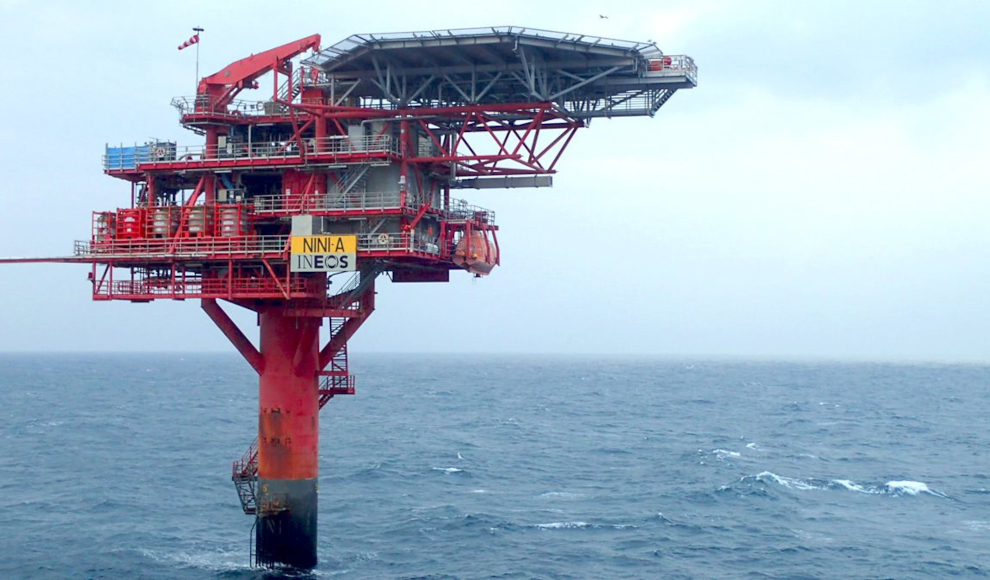Denmark has begun storing significant amounts of carbon dioxide (CO?) under the North Sea, marking the first time the country has used the controversial technology to reduce CO? concentrations in the Earth’s atmosphere and combat climate change. The French energy company TotalEnergies SE and the Greensand project, led by a consortium of German companies Wintershall Dea and Ineos, are among the first to receive licenses to store CO? under the sea. The Greensand project, which aims to reduce CO? concentrations in the atmosphere, is the first global project for cross-border offshore CO? storage, and the first to store significant amounts of CO? under the Danish part of the North Sea. The carbon capture and storage (CCS) technology captures CO? from industrial processes and stores it in underground or undersea reservoirs. The CO? for the Greensand project is collected in Belgium and stored in the depleted Nini West oil field.
According to a recent study by the American Meteorological Society (AMS), the CO? concentration in the Earth’s atmosphere has reached a record high of 414.7 parts per million (ppm). Mario Mehren, CEO of Wintershall Dea, believes that climate change is the greatest challenge facing humanity, and that all industries, including the oil and gas industry, must adapt and act faster to achieve the goals of the Paris Agreement. EU Commission President Ursula von der Leyen sees the Greensand project as a positive step for the climate, stating that “this is a great moment for the green transition in Europe. This project helps both our industry and the climate.” The German Industry Federation (BDI) also believes that CCS and CO? reuse (CCU) are essential, as emissions cannot always be avoided in certain processes. The techniques are therefore necessary to achieve climate neutrality.
However, the technology is controversial among environmental and climate activists, as CO? leaks can pose a danger to the environment. Some argue that such solutions may also hinder the expansion of renewable energy and reduce ambition in climate protection. Despite these concerns, the Greensand project marks a significant step towards reducing CO? concentrations in the Earth’s atmosphere and combating climate change.










